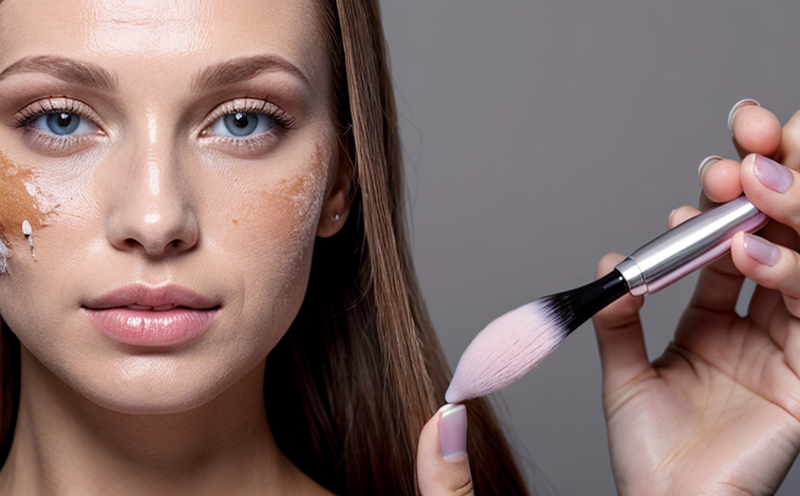Arsenic Limit Testing in Cosmetic Formulations
The presence of arsenic in cosmetic formulations is a critical concern due to its potential toxicity and adverse health effects. Arsenic can enter cosmetics through various sources, such as raw materials, manufacturing processes, or environmental contamination during transport. Regulatory compliance with international standards like ISO 8004 and ASTM E1573-19 ensures that cosmetics are safe for use, protecting both consumers and manufacturers from legal and reputational risks.
The analytical methods used in testing for arsenic include atomic absorption spectrophotometry (AAS), inductively coupled plasma mass spectrometry (ICP-MS), and high-performance liquid chromatography with inductively coupled plasma mass spectrometric detection (HPLC-ICP-MS). These techniques offer precision, accuracy, and sensitivity that are essential for detecting trace amounts of arsenic.
Specimen preparation involves several steps. The cosmetic formulation is first homogenized to ensure a uniform sample. Then, it may undergo digestion using acids such as nitric acid or perchloric acid in a microwave digestion system. Once the sample is digested and filtered, the solution can be analyzed for arsenic content.
The acceptance criteria are stringent, with limits set by regulatory bodies like the U.S. Environmental Protection Agency and the FDA. For instance, the FDA sets a limit of 20 parts per billion (ppb) for total arsenic in cosmetics intended to come into contact with the skin.
The importance of this test cannot be overstated. It not only ensures compliance but also enhances consumer trust and brand reputation. By adhering to these standards, companies demonstrate their commitment to safety and quality.
Why It Matters
Consumer safety: Ensures that cosmetic products do not contain harmful levels of arsenic which can lead to adverse health effects.
Legal compliance: Avoids potential legal issues and penalties associated with non-compliance to international standards like ISO 8004 and ASTM E1573-19.
Brand reputation: Maintains a positive image by ensuring the safety of products, which can lead to increased customer trust and loyalty.
Regulatory authorities worldwide enforce strict limits on the arsenic content in cosmetics. Failure to meet these standards can result in product recalls, fines, and damage to brand reputation. Therefore, it is essential for manufacturers to conduct regular arsenic limit testing to ensure their products comply with all relevant regulations.
Why Choose This Test
Advanced analytical techniques: Utilizes state-of-the-art methods like ICP-MS and HPLC-ICP-MS for precise arsenic detection.
Regulatory compliance: Ensures adherence to international standards such as ISO 8004 and ASTM E1573-19, which are crucial for global market access.
The testing process is comprehensive, involving rigorous sample preparation and analysis. The advanced techniques used in this service provide accurate results, making it a reliable choice for quality managers, compliance officers, R&D engineers, and procurement personnel who need to ensure product safety and regulatory compliance.
Use Cases and Application Examples
| Application Example | Description |
|---|---|
| Cosmetic Product Development | Identify raw materials that may contain arsenic, ensuring product safety before market launch. |
| Manufacturing Quality Control | Monitor production processes to ensure compliance with arsenic limits throughout the manufacturing cycle. |
| Supply Chain Management | Verify the integrity of suppliers and prevent contamination by testing incoming raw materials. |
| Post-Market Surveillance | Conduct periodic testing on existing products to maintain compliance with regulatory standards over time. |
Raw material sourcing: Ensures that the raw materials used in cosmetic formulations do not exceed arsenic limits.
Manufacturing process optimization: Identifies potential areas of contamination and improves processes to maintain product safety.
The use cases for arsenic limit testing are diverse, encompassing various stages of the product lifecycle. This service is essential for ensuring that cosmetic products meet stringent regulatory requirements and remain safe for consumers.





